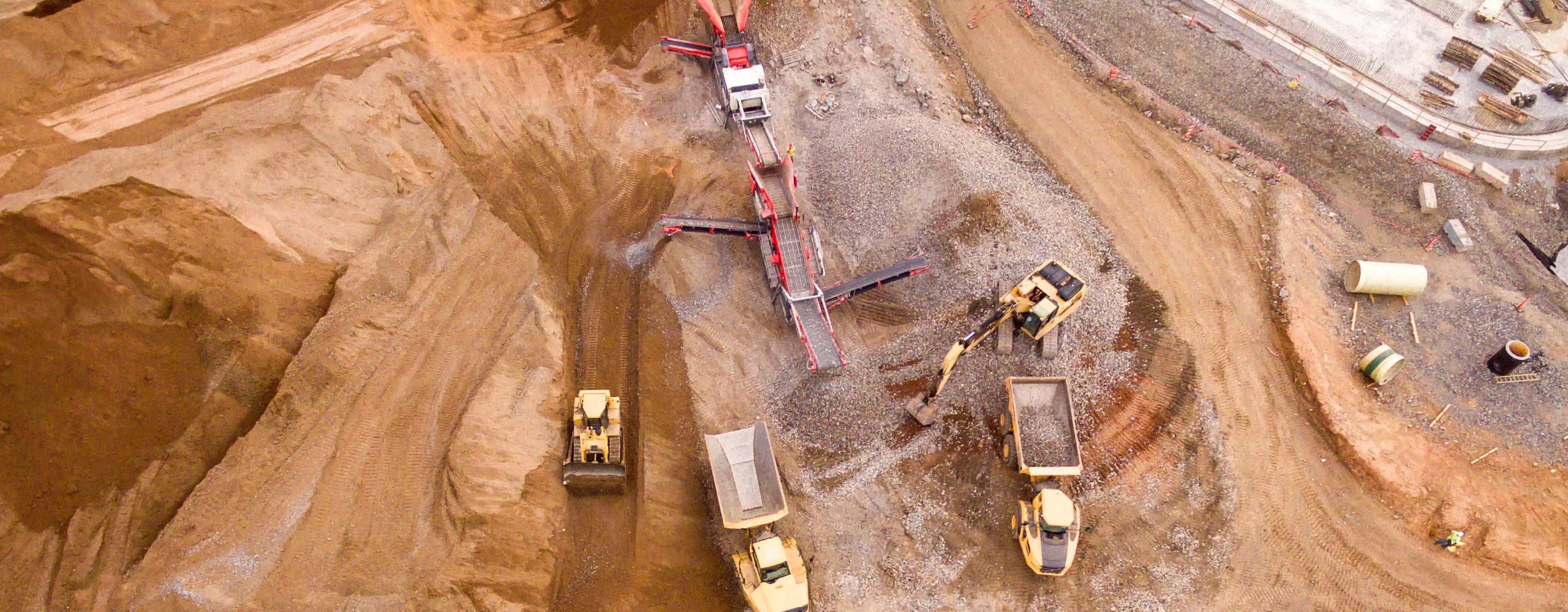Natural barriers, including geological formations — salt, argillite, sedimentary or crystalline settings — constitute the most important component of the complex multilayered system that isolates stored waste from the biosphere. Therefore, the design and performance assessment of waste repositories require a thorough knowledge and understanding of host rock behavior. Itasca has pioneered rock engineering research and development in underground nuclear waste isolation for decades worldwide for all rock types (hard rocks, salts, and clays) over geological time periods. For example, in crystalline media, the fracturing state of the rock mass (DFNs) is the main avenue of potential fluid circulation and transport of radionuclides. Modeling evolution of fracturing around the repository rooms (i.e., excavation damage zone) and its effect on rock mass permeability is an essential part of safety assessment. In clayey and saline formations creep behavior is one of the most important factors affecting the stability of the support structures and thus the medium- and long-term performance of the storage facility. Creep strain rates are affected not only by the stress state but also by temperature changes of the rock due to the waste power source slowly decaying with time.
Itasca has been involved in a wide range of activities for waste isolation, including:
- fundamental research to further understand deformation and fracturing of the host rock;
- developing key concepts for assessing repository safety;
- assessing long-term performance of nuclear-waste repositories;
- detailed geomechanical analyses in support of repository design;
- a range of microseismic, acoustic emission, and ultrasonic monitoring services involved in developing geological waste disposal facilities; and
- development of software tools and capabilities for analysis of water flow and contaminant transport near a waste repository in a fractured rock environment, deformation, damage, and other processes in geomaterials relevant to waste isolation.
Itasca’s work in this field has ranged from time scales of minutes to a million years and from length scales of rock grains and micro-damage to the tectonic, including the impact of water, thermal loading, glaciation, earthquakes, and volcanic dikes. With project work spanning decades, Itasca has been involved with both low-level nuclear waste isolation projects and high-level nuclear waste isolation research and design projects in Australia, Canada, Finland, France, Germany, Great Britain, Spain, Sweden, Switzerland, and several sites throughout the United States.
Waste isolation services include.
- site suitability
- site characterization
- rock characterization
- in-situ block tests
- excavation damage and disturbed zones
- disturbed zone performance
- near-field performance
- coupled thermo-hydro-mechanical (THM) effects
- strain localization
- groundwater infiltration
- fracture flow analysis
- pump test analysis
- fracture grouting
- engineered barrier evaluation
- stability analysis, including long-term degradation
- support requirements
- thermal loading
- numerical analyses of expected stresses and displacements and their evolution with time
- regulatory guidance and review; license application review
- human intrusion
- evaluation of tectonic, seismic, and glacial effects
- volcanic dike propagation and its interaction with repository
- microseismic array design and processing
- acoustic emissions
- ultrasonic surveys
- tomographic imaging
